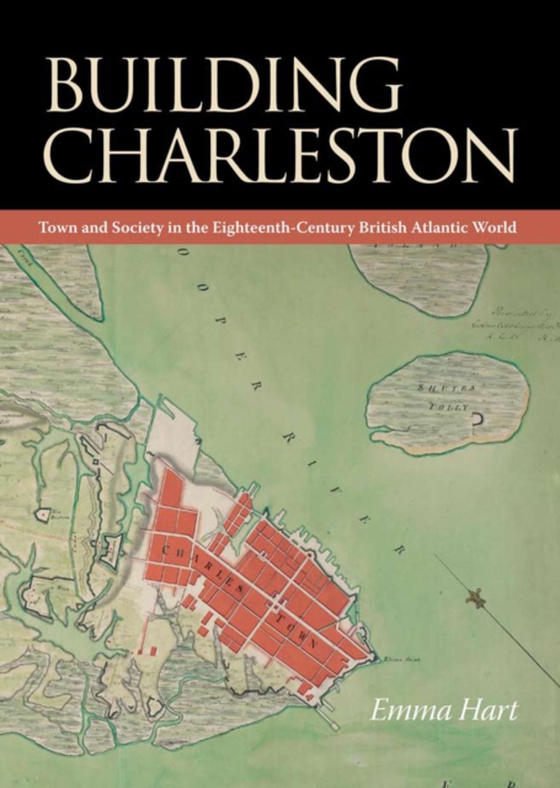
Building Charleston e-bog
403,64 DKK
(inkl. moms 504,55 DKK)
In the colonial era, Charleston, South Carolina, was the largest city in the American South. From 1700 to 1775 its growth rate was exceeded in the New World only by that of Philadelphia. The first comprehensive study of this crucial colonial center, Building Charleston charts the rise of one of early America's great cities, revealing its importance to the evolution of both South Carolina and th...
E-bog
403,64 DKK
Forlag
University of Virginia Press
Udgivet
16 december 2009
Længde
288 sider
Genrer
1KBB
Sprog
English
Format
pdf
Beskyttelse
LCP
ISBN
9780813928692
In the colonial era, Charleston, South Carolina, was the largest city in the American South. From 1700 to 1775 its growth rate was exceeded in the New World only by that of Philadelphia. The first comprehensive study of this crucial colonial center, Building Charleston charts the rise of one of early America's great cities, revealing its importance to the evolution of both South Carolina and the British Atlantic world during the eighteenth century.In many of the southern colonies, plantation agriculture was the sole source of prosperity, shaping the destiny of nearly all inhabitants, both free and enslaved. The insistence of South Carolina's founders on the creation of towns, however, meant that this colony, unlike its counterparts, would also be shaped by the imperatives of urban society. In this respect, South Carolina followed developments in the rest of the eighteenth-century British Atlantic world, where towns were growing rapidly in size and influence.At the vanguard of change, burgeoning urban spaces across the British Atlantic ushered in industrial development, consumerism, social restructuring, and a new era in political life. Charleston proved no less an engine of change for the colonial Low Country, promoting early industrialization, forging an ambitious middle class, a consumer society, and a vigorous political scene.Bringing these previously neglected aspects of early South Carolinian society to our attention, Emma Hart challenges the popular image of the prerevolutionary South as a society completely shaped by staple agriculture. Moreover, Building Charleston places the colonial American town, for the first time, at the very heart of a transatlantic process of urban development.
 Dansk
Dansk

